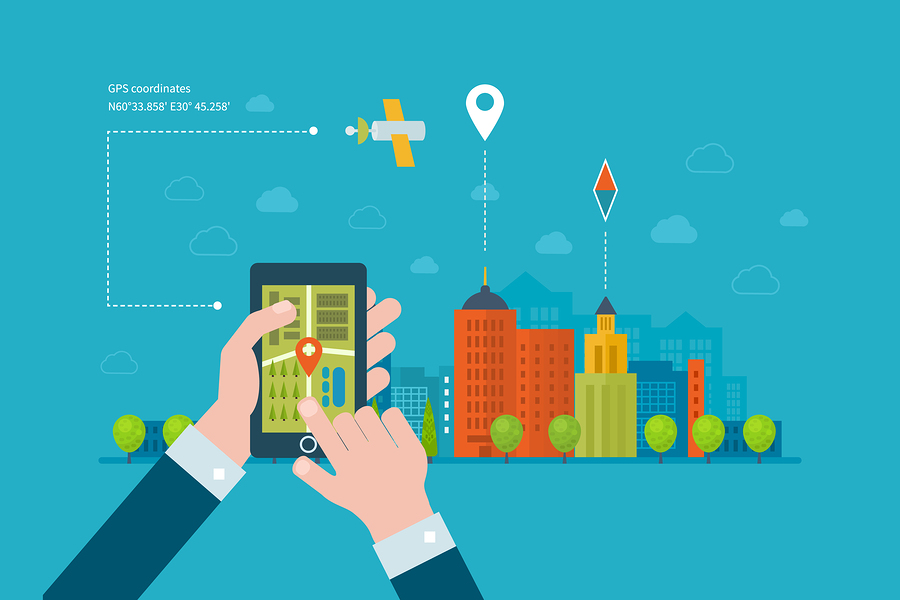What is a smart city? You might think that in an event entitled ‘The Future of Smart Cities’, hosted by Arup and attended by 55 young consultants from across 14 companies, that this would be an easy question. When Nicola Walt, Principle Consultant in Smart Cities at Arup posed that question to open the joint event – three people raised their hands…
Nicola highlighted that ten years ago, pre-iPhone, it was not easy to explain the concept of a digital or ‘smart city’. In today’s world, where everybody and everything is becoming connected via smart devices, the concept is more readily understood. So what truly makes a city ‘smart’? Nicola explained that truly ‘smart’ cities use digital technology to enable a wide range of opportunities:
- Economic: greater productivity (e.g. flexible workspaces) and new jobs by entering the large global market for smart city products and services (estimated to be $1.3 trillion)
- Environmental: natural resource savings through clever design enabled by technology (sensors to measure air quality or the value of an urban tree) and more informed planning and design of our urban environments (redesigning train stations given the impact of smart ticketing and the Internet of Things)
- Political: more efficient public services and wider citizen participation in local government (buses on demand or crowd-funding 4% of your municipal budget)
- Social: new ways for people and communities to interact in cities (the sharing economy and new communication platforms)
It’s important to note that smart cities should be seen as a tool rather than an outcome. Cites can use technology to achieve goals, such as sustainability or resilience, but smart is not an end in itself. Time needs to be spent working out which opportunities your city wants to pursue with technology.
Although the ‘smart city’ concept was first shaped by large technology vendors, today we see a wide range of players driving smart city initiatives: municipal, regional, national governments, international organisations like the EU and World Bank, large and small technology companies, real-estate developers, utilities… The market and ecosystem is complex.

Following Nicola, Sam Ibbott, Deputy Public Affairs Director at The Environmental Industries Commission (EIC) posed the question ‘Will smart technology clean up city environments?’ Sam states that “The grass is always greener” when future versions of smarter cities are presented, but the question is whether these cities be created naturally, or if further government and industry intervention is required to get us from where we are to where we want to be.
He went on to define a ‘Smart City’ as a collection of initiatives/applications that are based upon the power of a network of devices (both centrally controlled and citizen controlled) and the analysis of ‘big data’ to improve the functioning and capability of cities. The key here is the word ‘are’ – conversations regarding technology are too often grounded in ‘this technology could or should’ result in a positive environmental benefit, rather it has or will. Factual evidence of real world impact of smart technologies is limited and dissipated, and is something that his team is trying to bring together.
Said Hirsch, Associate Director, Economics at KPMG, moved on to discuss the economic model around smart cities, and the challenges that this poses to their future success. Finding funding for large infrastructure projects is notoriously tough, often involving years of planning and decision-making by a multitude of stakeholders. This often makes it incredibly tough to get large scale projects, like a smart city, off-the-ground. This can be avoided by devolution of power and funding for local governments. However, governance issues can present obstacles for the adoption of smart technologies before ideas may have even reached concept stage. This reflected Sam’s point of should/could vs. has/will. For example, securing funding for a major rail project is often validated more easily via an economic business case as there is historic evidence around the opportunities that projects such as HS2 deliver. This highlights the incredibly difficult challenge aspiring smart cities have in building business cases for advanced data infrastructures or software without evidence.
Finally, we welcomed Charlotte de Gastines, Manager of Digital Strategy and Customer Transformation at BearingPoint to close the event. The smart city concept is really a framework for a specific vision of modern urban development but it is also an “old” concept invented 10 years ago with a clear focus on IT. Some Smart City projects solely focusing on IT aspects without taking into account people who are going to use it have failed in the past. Charlotte proposed to talk about “Cities of Tomorrow” instead of Smart Cities, placing people’s needs at the heart of the strategy: People live in the cities; they work and enjoy social activities. Ultimately, what is the point of implementing technology for technology’s sake? It must benefit citizens who are interacting with it. She concluded succinctly “…at the end of the day a government wants empowered and happy citizens in a sustainable environment, that’s how they get re-elected!”
Written by Stu Manton, Communications and Change Consultant at Arup, for the Young MCA Update


